
Garnet is the birthstone for January, so start your 2021 by checking out our delicious selection of this gorgeous gem!
Garnet is one of the earth’s most versatile jewels. You probably know and love the traditional red-purple Garnet that’s the deep color of pomegranate wine.
But there’s more.
Get ready to fall in love with some of the more rare Garnets in our collection, including gooseberry-green Grossular and Demantoid, and mandarin-citrus colored Spessartine Garnets!
HAPPY NEW YEAR! Here’s to a JUICY January
Garnet is the birthstone for January, and we have collected an exceptionally delicious collection of loose Garnets and Garnets set into High Jewelry.
In Ancient Persia, Garnet was worn as a talisman against storms and lighting. People believed that the deep purple-red stone, so similar to the bright, juicy arils of the pomegranate which shares its name, would grow pale to signal the wearer when danger was approaching.
A thousand years ago, a trade route was established between Southern India and Tamraparni (now known as Sri Lanka). Gold, silver and red Garnets were carried along this route to Greece, Rome, the Middle East, and the realm of the fearsome Anglo-Saxons. All of these cultures set the wine-red gems into soft yellow gold. The Anglo Saxons in particular loved to inlay Garnet in cloisonné style goldwork in the hilts of swords and royal armor, believing that the red stone would spill the blood of their enemies on the battlefield.
But there’s more to the Garnet story than red !
In more recent history, Garnets of many other yummy colors have been discovered.
The color is dependent upon the presence of various substances while the stone is forming in the earth’s crust.
Many of the names for Garnets reference “red”, since the first known Garnets were the classic burgundy color.
Almandine Garnet is also called “carbuncle”, meaning a live coal or burning charcoal.
A Garnet variety called Pyropes is named for the Greek word, “pyro”, meaning fire—as in pyrotechnics.
Rhodolite is named for the Greek word for “rose.”
This variety also may be called Rocky Mountain Rub, California Ruby Arizona Ruby – or, when collected in the Czech Republic, Bohemian Ruby. These are all red Garnets!
Spessartine is named for a location called Spessart, in Bavaria, where the first specimens were discovered. This Garnet is in the orange-yellow color palette, with amber and honey notes. It’s now found in Madagascar.
A Garnet which conforms to the Spessartine chemical composition, in this case violet-red in color, may be found in the USA (Colorado and Maine).
Exceptionally rare and gorgeous: Pyrope-Spessartine, a color-change Garnet which may be found in Madagascar, the USA, Russia, Kenya, Tanzania, and Turkey. This very unusual form changes from blue-green to purple, and is highly collectible.
A large group of Garnets are called Ugrandites, which fall into three main groups:
- Andradite, with sub-types Demantoid (very rare, with a green that rivals Emerald!), Melanite (black), and Topazolite (yellow or green)
- Grossular, which means “gooseberry”, since this Garnet is often green like the unripe berry. The grossular Garnet is also found in delightful shades of cinnamon-brown, red and yellow. Varieties found in Tanzania are called Tsavorite, named for Tsavo, Kenya.
- Uvarovite, very rare, is a bright green Garnet found in Finland and the Ural Mountains of Russia. This gorgeous variety is named for the Russian count, Uvaro.
Garnets are very good at keeping secrets.
Many of these more unusual Garnet varieties were discovered fairly recently. So today, there’s more of a selection than ever before.
The crystal structure of Garnets fills the stone with luster and depth, in every color form. We select stones that are cut for high brilliance and exceptional fire.
Many of these gems resemble the most prized jewels of antiquity, including Ruby, Emerald and Sapphire.
However, Garnets of outstanding quality may be found for a much more modest price. Why not gift a Garnet, or enjoy one for yourself? And with so many color choices, why limit yourself to just one?

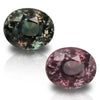 Alexandrite
Alexandrite Amethyst
Amethyst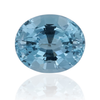 Aquamarine
Aquamarine Chrysoberyl
Chrysoberyl Demantoid
Demantoid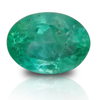 Emerald
Emerald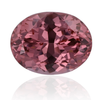 Garnet
Garnet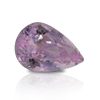 Kunzite
Kunzite Paraiba
Paraiba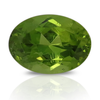 Peridot
Peridot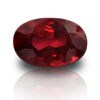 Ruby
Ruby Sapphire
Sapphire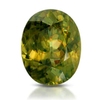 Sphene
Sphene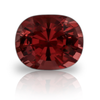 Spinel
Spinel Tanzanite
Tanzanite Topaz
Topaz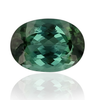 Tourmaline
Tourmaline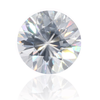 Zircon
Zircon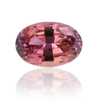 Zoisite
Zoisite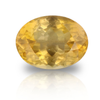 Rare Gemstones
Rare Gemstones Heart Shape
Heart Shape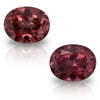 Matched Duo
Matched Duo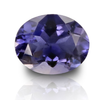 Everyday Candy
Everyday Candy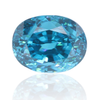 Insta Therapy
Insta Therapy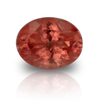 Mini-Splurge
Mini-Splurge